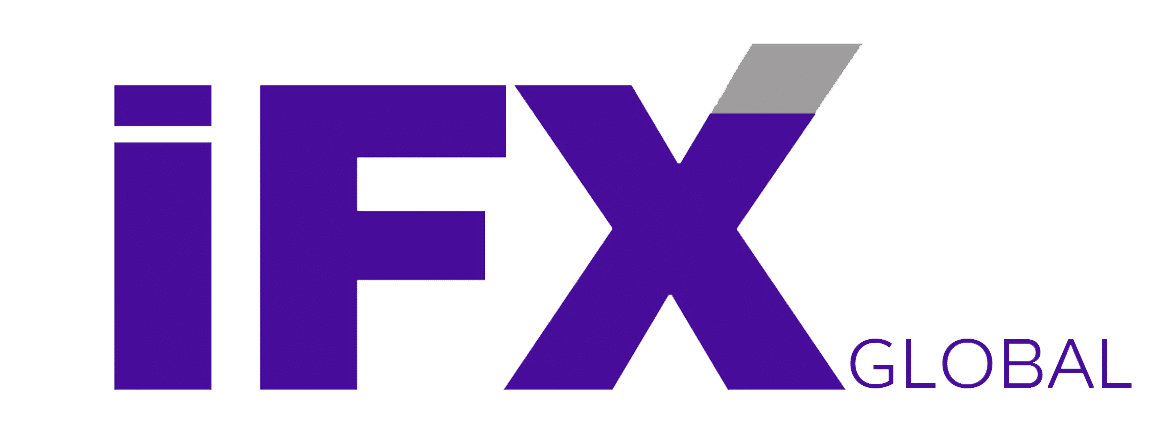The Top Ten Most Effective Advertising Campaigns Ever
Powerful ideas are the foundation of effective marketing efforts. As marketers, we may take inspiration from the most successful marketing campaigns to create memorable, captivating, emotional, and amusing advertisements that connect with consumers and enhance brand recognition. Trailblazers in the marketing sector develop innovative and creative methods to combine insights, going beyond advanced data analytics and state-of-the-art technology.
The most successful marketers know how to create a campaign vision, formulate a plan, create visually appealing and written material, evaluate data, and evaluate success. A Master of Arts in Communications program teaches marketers all of these abilities and more. If you have a strong interest in brand storytelling, learn about some of the most effective marketing campaigns and how you may apply comparable techniques to enhance the marketing initiatives of your company.
Top Ten Most Effective Advertising Campaigns
- Nike
- Pepsi
- california milk processor board
- Dove
- Old spice
- Coca-cola
- Snickers
- GoPro
- Apple
- Heineken
1. Nike - "Just Do It" Campaign
One of the most recognizable instances of a marketing campaign is Nike’s “Just do it” campaign. In 1988, Nike started the campaign, which showcased athletes of all skill levels expressing their achievements and encouraging viewers to follow suit. One of the campaign’s initial TV ads featured Walt Stack, an 80-year-old marathon runner who is a devoted sportsman who runs 17 miles every morning.
Following the campaign’s launch, hundreds of people shared their own tales of moments when they made the decision to “just do it,” ranging from leaving their unfulfilling careers to losing more than a hundred pounds. The line came to symbolize Nike and now serves as their defining tagline.
What made this marketing campaign successful?
Nike identified an emotional connection with its audience and connected meaningful stories to its core values, like motivation, inspiration, and healthy living. Nike’s decision to integrate the company’s value proposition with an emotionally-driven message made for a wildly successful marketing campaign.
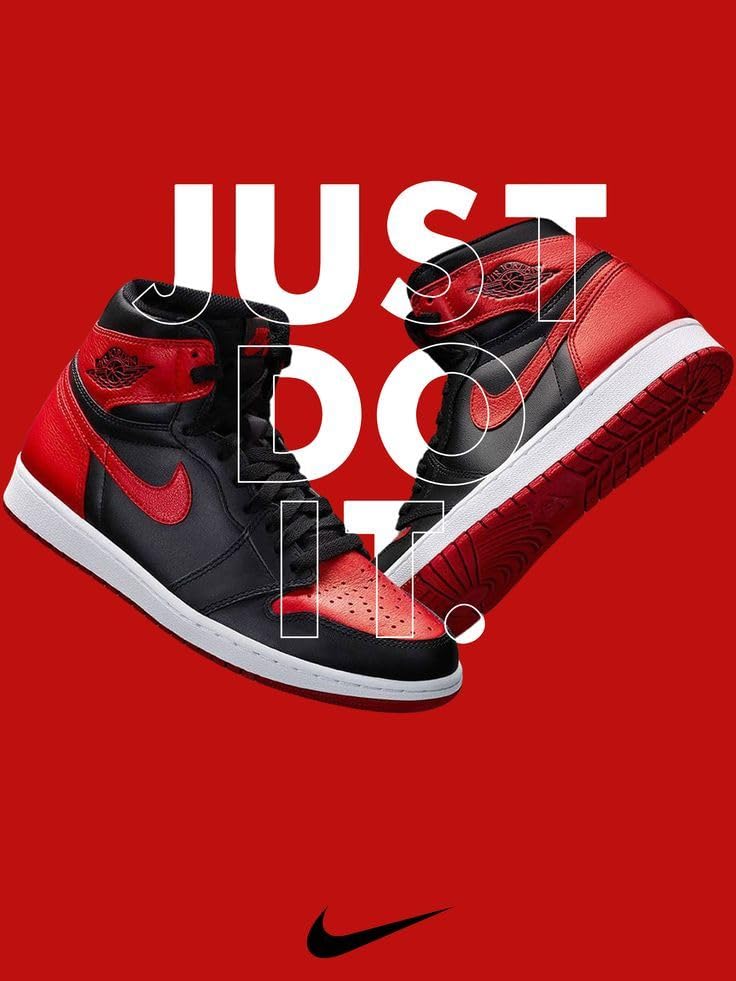
Key Takeaway for Marketers:
Outline your value propositions and connect with your audience emotionally, so they feel aligned with your brand.
2. Pepsi - The "Is Pepsi OK?" Campaign
Pepsi released a television ad during Super Bowl LIII that people would talk about for a long time. Grammy Award winner Lil Jon, Academy Award nominee and Golden Globe winner Steve Carell, and Grammy Award nominee Cardi B performed a lighthearted and entertaining comedy in the “Is Pepsi OK?” advertisement. Carell explains in his monologue that Pepsi is “More Than OK” when a server in the commercial asks a customer who buys a Coke, “Is Pepsi OK?” This commercial capitalizes on the common situation where a customer orders a cola and the waiter believes Pepsi is not their first choice. The commercial was accompanied by the Pepsi Rookie of the Year Award, limited-edition cans, a “Planet Pepsi” afterparty, and the Pepsi-sponsored halftime show. The venerable company used the most watched athletic event in America to spark a discussion about why Pepsi is superior to the competition.
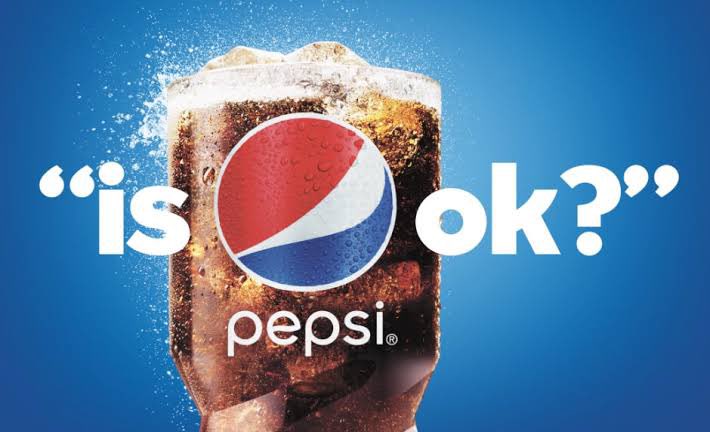
What made this marketing campaign successful?
Self-awareness was essential to Pepsi’s campaign’s success. When their clients see their goods at eateries, the marketers capitalized on real-life situations. When a waiter asks a diner if Pepsi is okay, the customer will always associate the question with the overwhelmingly positive message of the commercial and campaign.
Key Takeaway for Marketers:
Determine how your target audience views your brand and leverage that information in self-aware advertising strategies.
3. California Milk Processor Board - "Got Milk?" Campaign
The “Got Milk?” campaign by the California Milk Processor Board is one of the few initiatives that has made the most of influencer marketing. In 1993, participants in a focus group led by Jon Steel, a partner at the San Francisco-based advertising firm Goodby, Silverstein & Partners, were instructed to abstain from milk for a week before to the study. In order to help Steel provide innovative ideas to the California Milk Processor Board, a new client, the study sought to collect milk habits. The participants talked about the significance of skipping milk. In what way would they consume their cereal? They would dip a cookie in what? Why was life so boring without milk?
The idea behind “Got Milk?” was the frustration that comes when one’s supply of milk runs out. Stars and pop cultural connections helped to support this seemingly straightforward idea. Over the course of more than 20 years, the advertisement ran over 70 spots in California alone, and about 350 print and television milk mustache advertising nationwide. Because the campaign focused on a time when celebrity influence was at its peak, the advertisements were particularly well-known and significant.
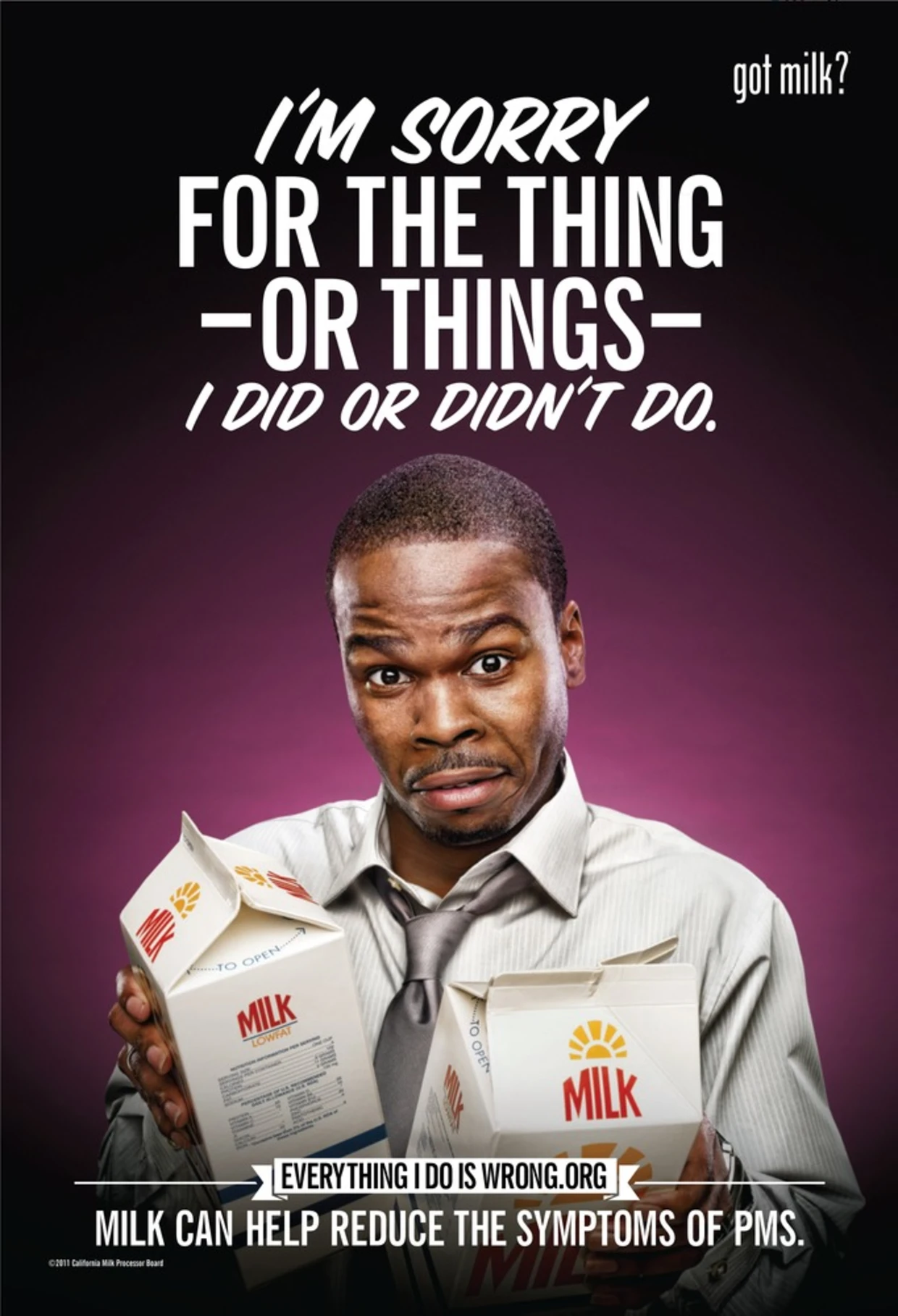
What made this marketing campaign successful?
The makers of the “Got Milk?” campaign produced a powerful run of advertisements by utilizing influencer marketing, simple content, and consumer research. It made natural to include Hollywood superstars and stars in the advertisement since the California Milk Processor Board was the customer. Soon, it was fashionable to display a milk mustache on a billboard.
Key Takeaway for Marketers:
To create pertinent stories for the appropriate audiences, ask your customers about current pop culture trends.
4. Dove - "Real Beauty" Campaign
People are drawn to meaningful stories, and Dove’s “Real Beauty” campaign sent a powerful and genuine message that the beauty industry sorely needs. Unilever started the Dove Campaign for Real Beauty in 2004 with the goal of boosting women’s and kids’ self-esteem. According to studies included in the original campaign, only 2% of women think they are gorgeous. In the following stage, actual ladies appeared in a number of billboards rather than models. The advertisement, which promoted aging, a variety of body types, and openness about wigs, flaws, and alleged “imperfections,” was warmly welcomed and spread into other media. The advertisements aimed to redefine beauty and draw attention to the detrimental effects that the beauty industry may have on young women.
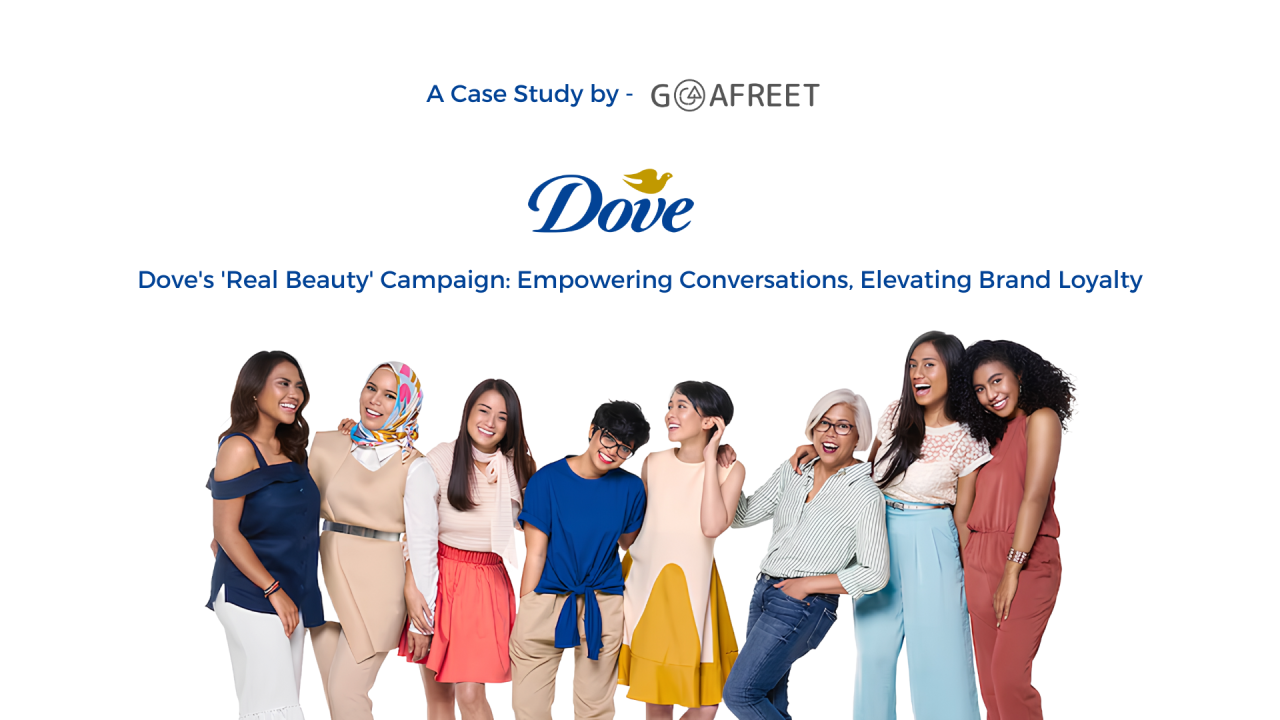
What made this marketing campaign successful?
The Dove Campaign for Real Beauty was praised for using marketing to improve customer lives, the industry, and the cultural landscape. The #BeautyBias campaign is still going strong today, with the goal of “making beauty a source of confidence, not anxiety.” Together with this ad, there are reform programs like “The Dove Self-Esteem Project,” which assists kids in redefining what beautiful means to them.
Key Takeaway for Marketers:
Use marketing to make a positive impact on your community by choosing a legitimate issue that is consistent with the ideals of your organization.
